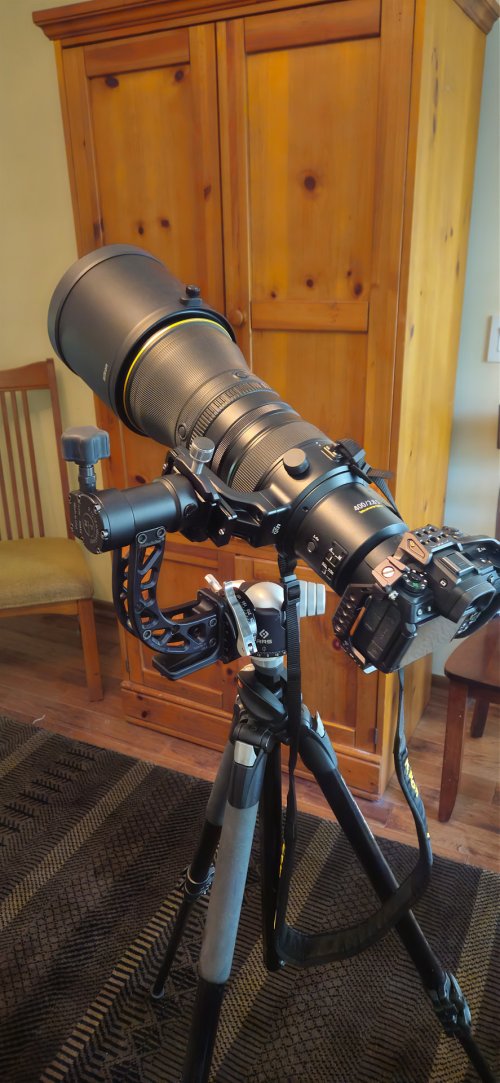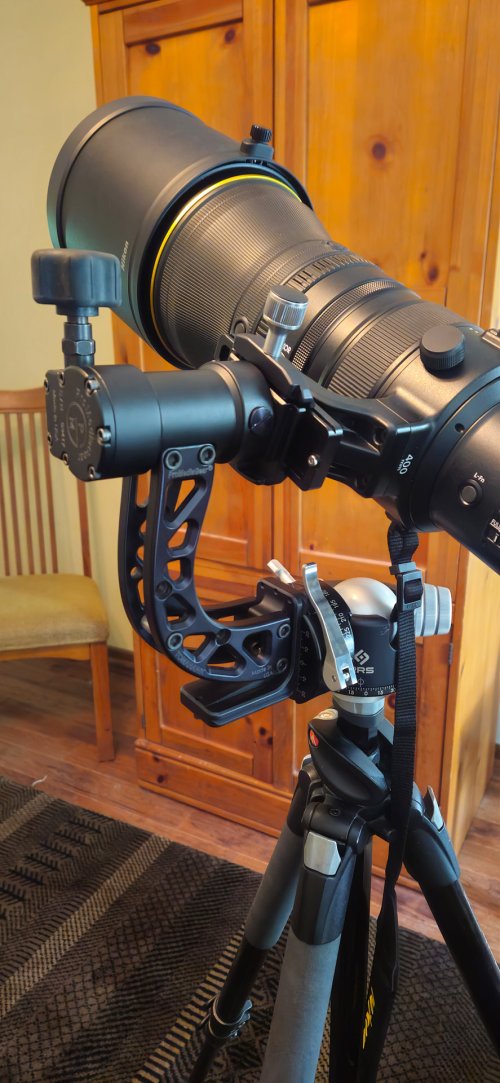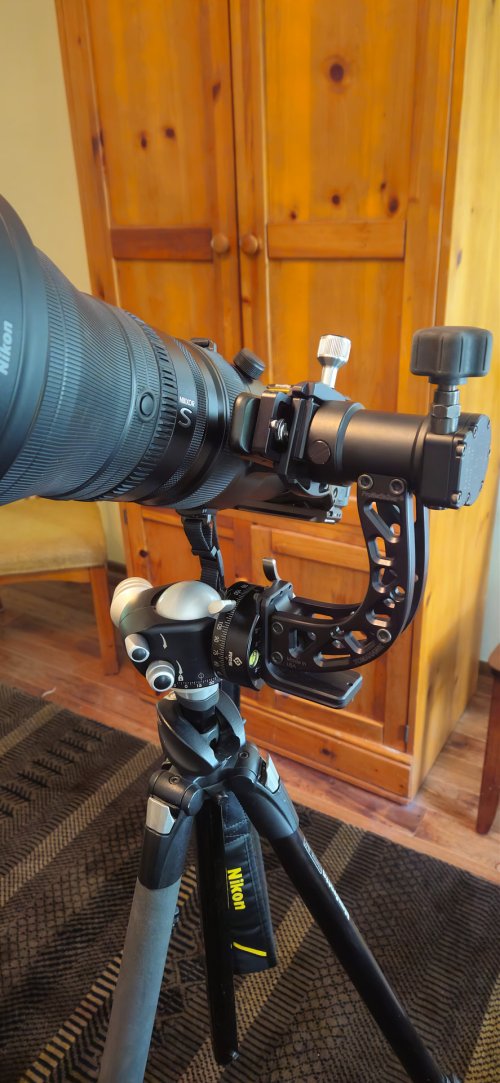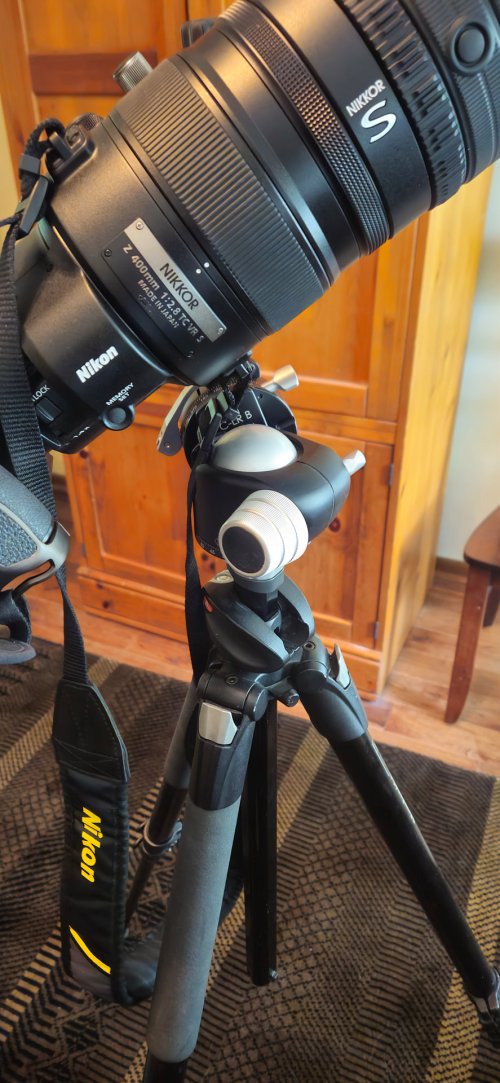Robert S
Well-known member
I have been thinking about the points you raised. The doc that puts a needle in my eye suggested an answer to my photographing from a boat might be found in machine gun assasination of terrorists. In 1969 I started a BSc in Mech Engineering. Spent most of my time getting drunk. Long story. Anyway one of the lecturers had worked on the gun control of Chieftan tanks. He was still doing research on it. [ I'm guessing a lot here but he was working on control systems and played with gyros the size of a golf ball a lot. ] The tank had a stabilised gun. Once locked onto a target the tank could zoom along and the gun stayed on the target. I guess the target was stationary. When photographing birds in flight we try to follow the bird and the stabilization and auto focus eye recognition do their jobs. However it is still us that point the camera. In WW2 fighter pilots pointed their planes and shot at other planes. According to my in-depth research [ I watched both Top Gun movies ] Tom Cruise could 'lock onto' the target. It seems to me that a future photographer may well have a gymbal that connects to the camera and once we lock onto the bird the gear takes over. The photographer may need to 'say' when to click the shutter. If this were ever to be developed I might be tempted to buy a gymbal. Then again I'd probably be a dollar short and many days dead.This depends a lot on the specific type of bird and the location. For instance, I always use a tripod for shorebirds because they land, rest, and take off into the wind. It's a narrow cone of activity and works well with a tripod. Sandhill cranes can be similar - a long predictable path. One birding walks, I never use a tripod because the photos can be in any direction. For the same areas if I have time to work on my own, a tripod can be very useful because I spend long periods working a single subject in the top of a tree, feeding, or near a nest. On a boat or kayak, I usually don't want a tripod because it picks up the movement or gentle rocking of the boat, but a tripod set up low can be a good way to stay on a subject for long periods or for video with a long lens. It's important to understand what you need for the context and your photo objectives - sometimes with a tripod and gimbal and sometimes with a monopod or handheld if mobility or flexibility are needed.








